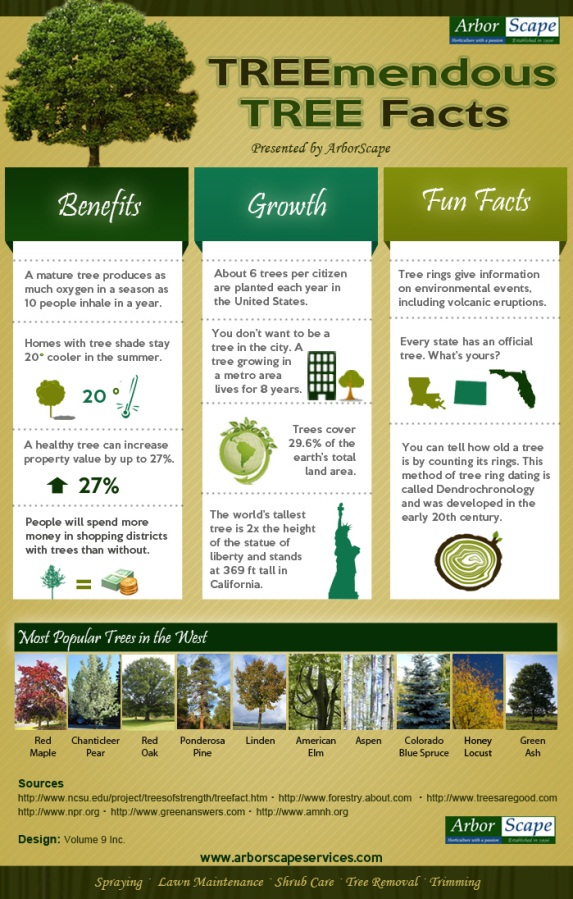Protecting Your Landscape: Replanting After Tree Elimination
Protecting Your Landscape: Replanting After Tree Elimination
Blog Article
Staff Writer-Thorup Hudson
Tree removal can leave a space in your landscape that needs filling. You can plant something brand-new in that area, but it takes extra treatment and focus at the beginning to assist it flourish.
The soil in that location will keep changing over time as bacteria break down the old origins. That can impact the vitamins and mineral balance and physical area for brand-new growth.
Soil
The dirt in a story where a tree has been gotten rid of is likely to be very different from the remainder of your yard or backyard. The roots of the old tree and the stump will have transformed the dirt, getting rid of some nutrients and possibly crowding out other plants. In addition, if the previous tree was diseased, the contagious representative might still remain in the ground.
The visibility of roots promotes a rich and varied neighborhood of soil bacteria that improves essential procedures like nutrition cycling and organic matter disintegration. Without these bacteria, the displaced dirt can end up being less fertile and nutrient-depleted, with a negative influence on plant growth.
Before replanting, the dirt must be removed of debris and organic material (such as timber chips from stump grinding). You may wish to mix in potting soil or indigenous dust with this garden compost to supply your brand-new planting with an atmosphere that is well balanced and packed with nutrients.
Water
Tree roots absorb large quantities of water from the dirt. This procedure likewise adds nutrients back to the dirt, particularly nitrogen, which is necessary for new trees and plants. Sadly, old soil can be depleted of these vital minerals because of the rotting roots and stump from a gotten rid of tree.
This is why it is essential to have a plan for the future of your landscape. Ideally, the most effective time to plant is when you have a fresh start.
Whether you're growing turf or flowers, make sure to utilize a soaker hose pipe to avoid overwatering your brand-new landscaping. If the area was a garden, see to it to cover the dirt with natural mulch to assist keep wetness in the dirt, manage dirt temperatures and reduce weeds. This also offers a layer of protection for young plants and promotes worm task. Then, consistently restore the compost to continue boosting the dirt nutrient density and microbial life. This is known as dirt reconstruction.
Light
Trees are a fantastic addition to any kind of landscape, giving shade, aesthetic pulchritude, and numerous various other benefits. Nevertheless, sometimes trees end up being unsightly due to a selection of reasons, consisting of condition, parasite invasions and all-natural aging.
In such situations, it may be essential to eliminate a tree. Suggested Resource site is necessary to consider the worth of a specific tree in your landscape design and take the appropriate actions to make sure that the elimination is done safely and efficiently.
During the late summer season, it's an excellent time to execute upkeep and inspections on existing trees. Search for indications of condition, insect infestations, or structural damage, along with any type of potential dangers such as weakened or leaning trees.
Prior to starting any building jobs, be sure to protect the root areas of existing trees by staying clear of dirt compaction and grading around them. Organic matter, as it breaks down, can create harmful gases that are destructive to the origins of a tree. It's likewise a great concept to mulch the location around a tree after building and construction has actually completed to save moisture and subdue weed growth.
Temperature
Trees are necessary to a landscape for their visual allure, however they also play a crucial role in the local ecosystem by providing shade and windbreaks. They sustain wild animals habitats and reduce the quantity of co2 airborne, which can contribute to global warming. This is why it is recommended to replant trees after getting rid of one from the property.
When replanting a new tree in the area of a previous stump, the soil may not have enough nutrients to sustain it. Learn Alot more is best to await a year prior to planting to make sure that the soil will certainly be rich in nutrients.
To ensure that replanted trees grow, it is essential to supply them with proper treatment. A layer of compost will certainly maintain soil wetness from evaporating, regulate dirt temperature, and help reduce weeds. Organic compost is the favored selection because it boosts soil fertility. Ongoing fertilizing and pest control are also necessary for replanted trees.